Ancho and poblano peppers are closely related: ancho peppers are dried poblano peppers. While they come from the same pepper variety, the drying process transforms their flavor, texture, and culinary applications. This guide explains the key differences in flavor profiles, heat levels, usage, and buying tips to help you choose the right pepper for your dishes.
Table of Contents
Flavor Profile: Ancho vs Poblano
Understanding flavor differences is crucial for selecting the right pepper. Ancho peppers (dried poblanos) develop concentrated, complex notes during drying, while fresh poblanos retain a brighter, grassier character.
| Pepper | Flavor Notes |
|---|---|
| Ancho | Mildly sweet, earthy, and richly smoky with dried fruit (raisin) undertones. The drying process intensifies these flavors. |
| Poblano | Fresh, grassy, and slightly tangy with mild pepperiness. Offers a clean, vegetal taste perfect for raw applications. |
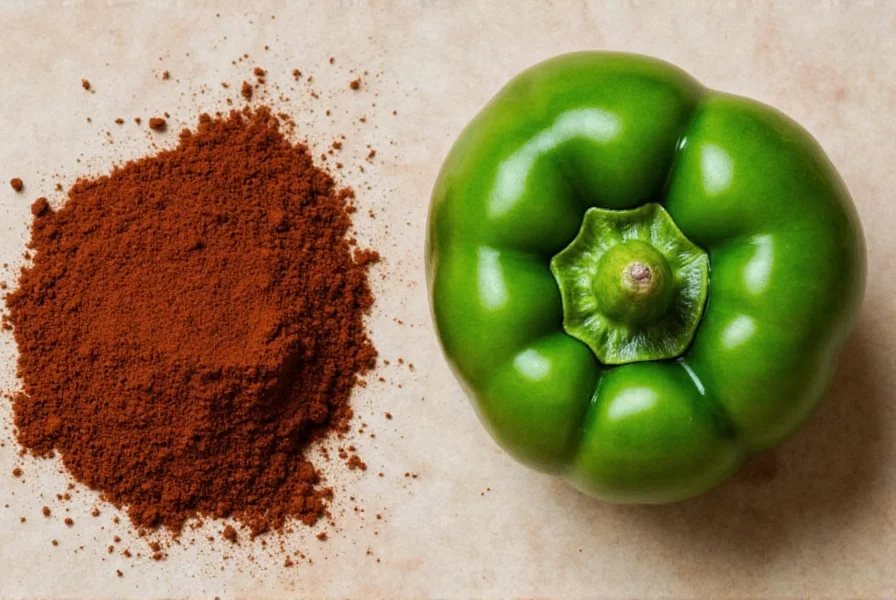
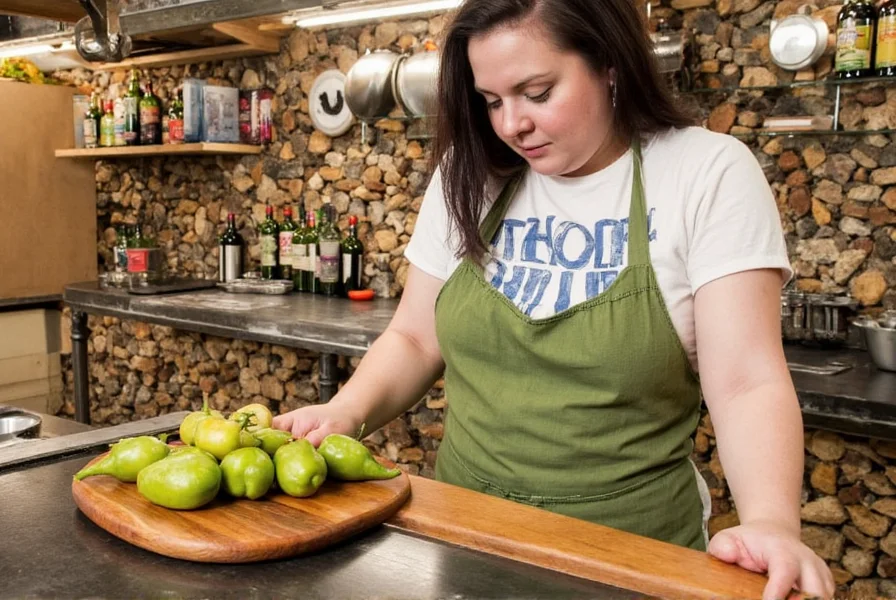
Ancho's dried fruit notes make it ideal for sauces requiring depth, while poblano's fresh profile works best in raw or lightly cooked dishes.
Heat Level: How Spicy Are They?
Both peppers share the same mild heat range, but their perceived intensity differs due to preparation methods.
| Pepper | Heat Level (Scoville Units) |
|---|---|
| Ancho | 1,000–1,500 SHU |
| Poblano | 1,000–1,500 SHU |
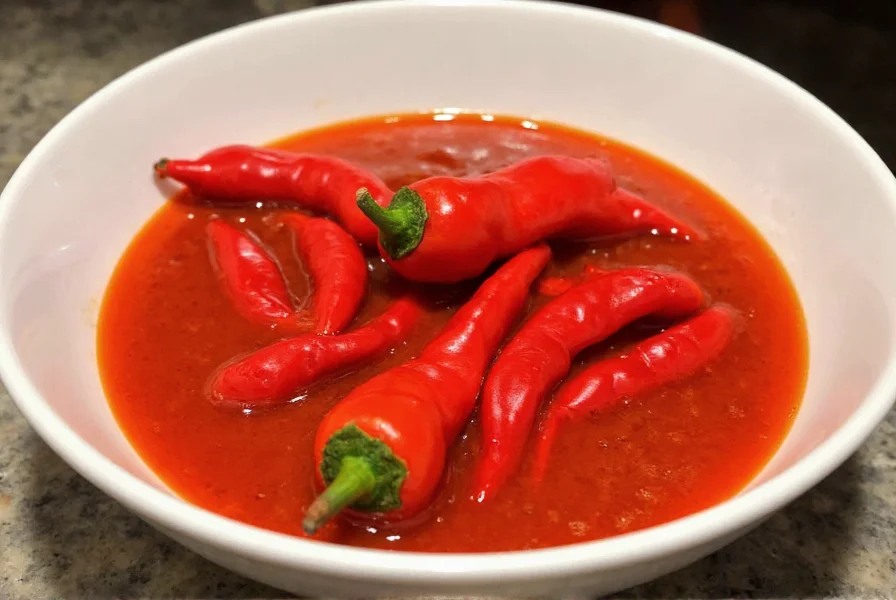

Despite identical Scoville ratings, roasting or cooking ancho peppers enhances their smoky complexity without increasing actual heat. Poblano peppers maintain consistent mild heat whether raw or cooked.
Culinary Uses: When to Use Each Pepper
Form (dried vs fresh) and flavor profile dictate optimal applications.
Using Ancho Peppers
Only available dried, ancho peppers require rehydration and work best in slow-cooked dishes where their deep flavors develop:
- Mole sauces – essential for authentic Mexican mole
- Adobo marinades – adds rich, smoky depth to meats
- Stews and braises – enhances complex flavor profiles
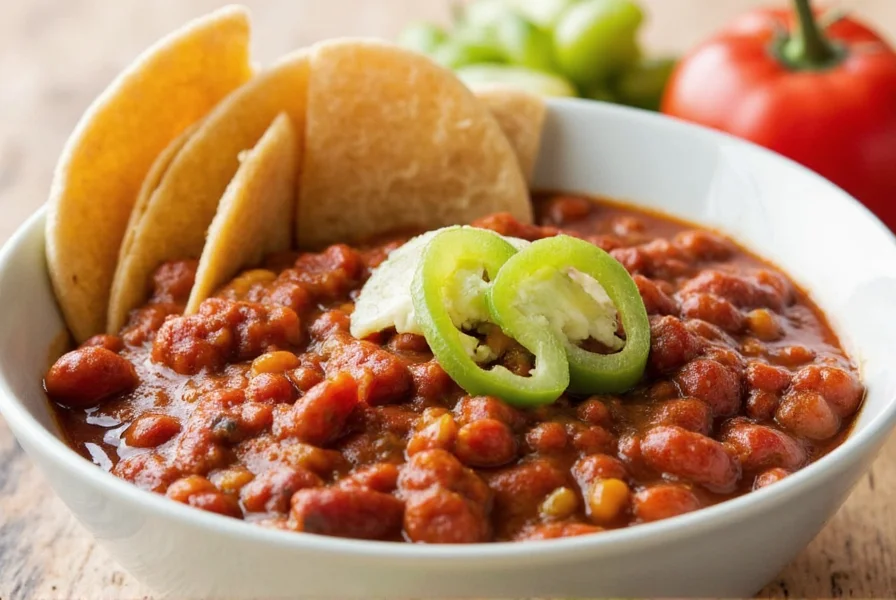
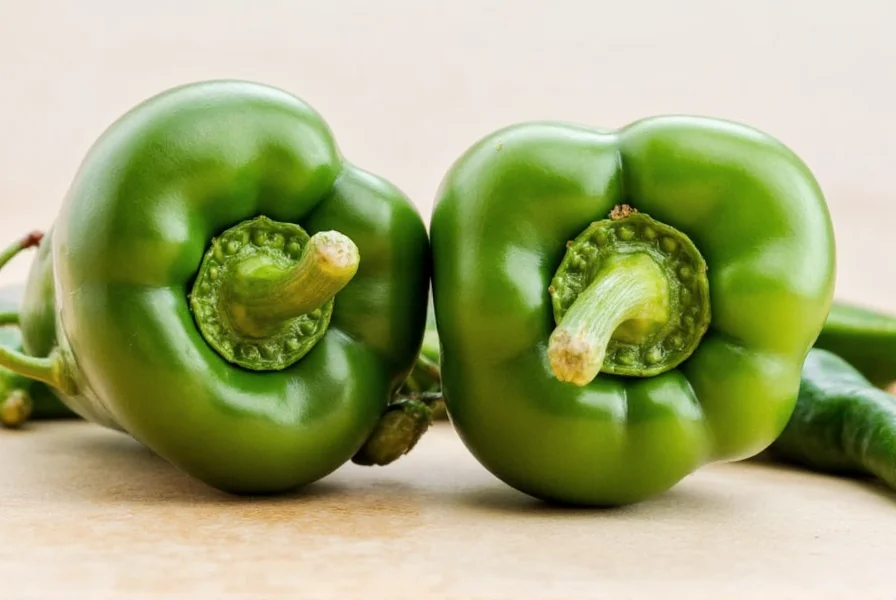
Using Poblano Peppers
Fresh poblanos shine in raw or minimally cooked dishes where their crisp texture and bright flavor are preserved:
- Chiles rellenos – classic stuffed pepper dish
- Fresh salsas – adds vegetal freshness without overpowering
- Grilled or roasted – develops subtle sweetness while retaining texture

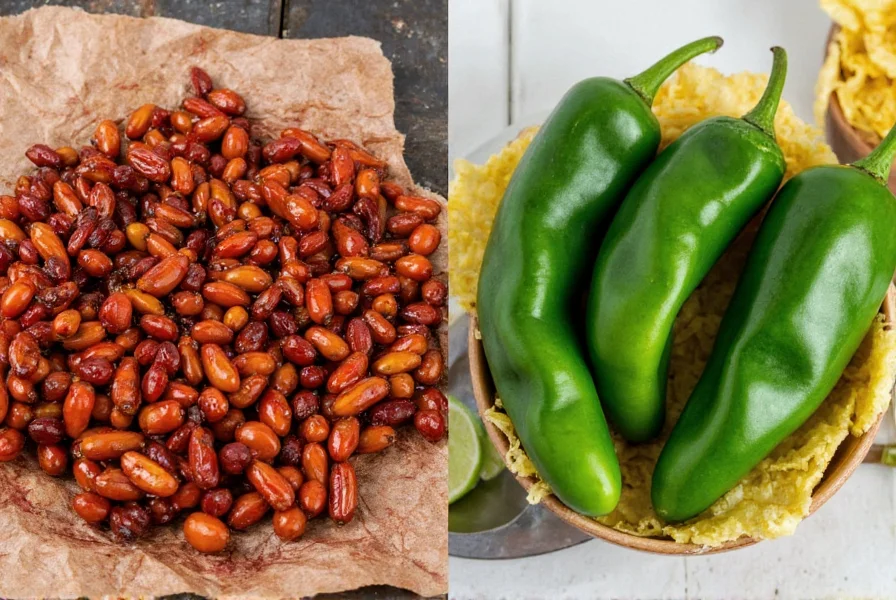
Key distinction: Ancho is exclusively used dried for cooked dishes; poblano is primarily used fresh for raw or lightly prepared recipes.
Buying Guide: Where to Find and What to Look For
Understanding availability and quality indicators ensures you get the right product.
Where to Buy
- Local farmers' markets – best for fresh poblanos (seasonal availability)
- Supermarkets – fresh poblanos in produce section; dried anchos in spice aisle
- Online retailers – specialty stores for dried anchos or canned poblanos
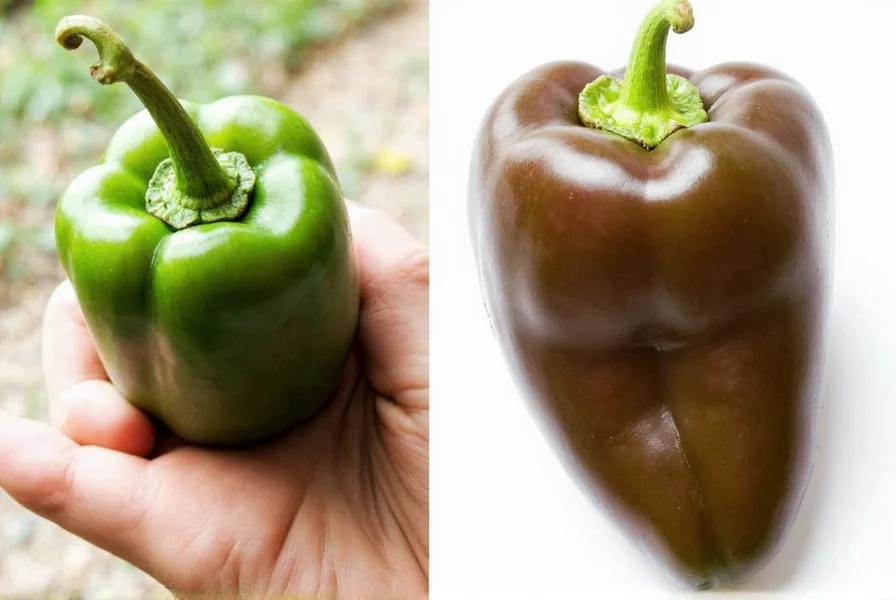
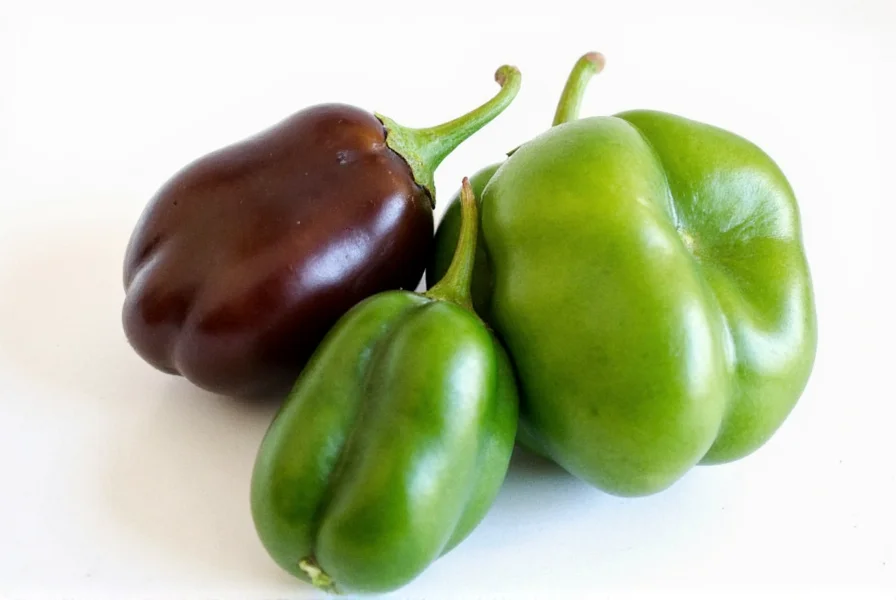
What to Look For
Quality indicators differ significantly between fresh and dried forms:
- Fresh poblanos – firm, glossy green skin without soft spots or blemishes
- Dried anchos – deep reddish-brown color, plump texture, and strong sweet-smoky aroma
- Important note – You cannot buy fresh ancho peppers; "ancho" refers exclusively to dried poblanos.
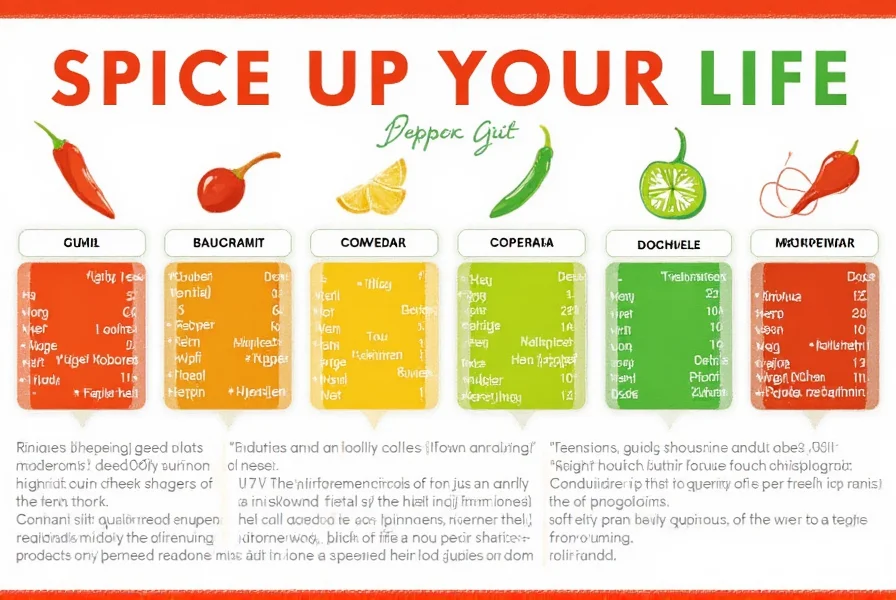
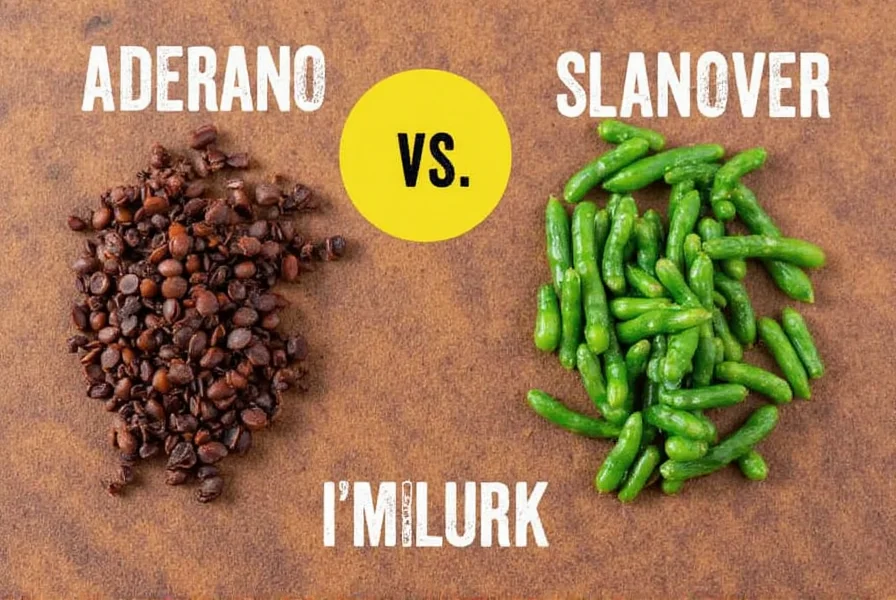
For authentic Mexican dishes, always use dried anchos for sauces and fresh poblanos for stuffed or raw applications.
Cooking Tips: How to Handle and Prepare Each Pepper
Proper preparation unlocks the best flavors and textures.
Handling Ancho Peppers
- Soak dried peppers – 20-30 minutes in warm water to rehydrate
- Remove seeds and membranes – reduces bitterness and concentrates flavor
- Roast after soaking – enhances smokiness for sauces and stews
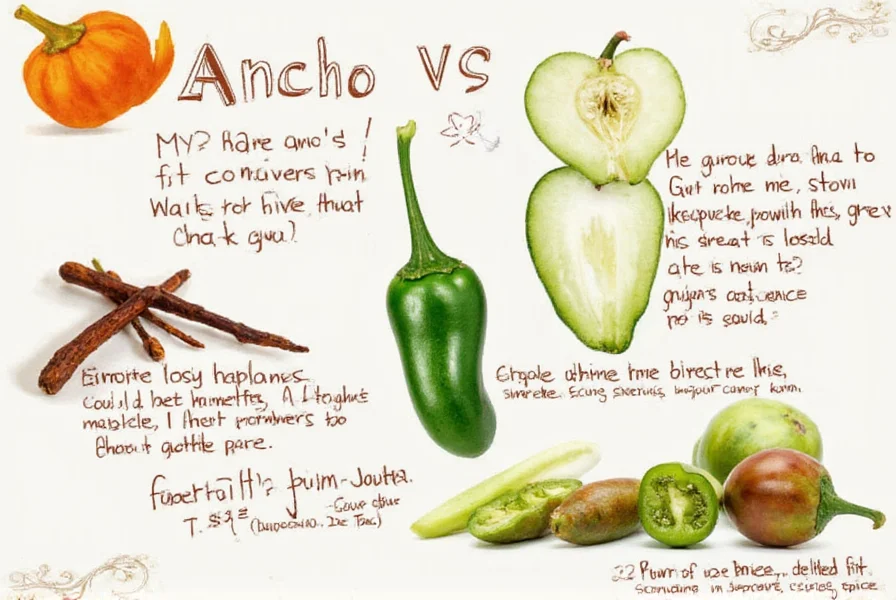
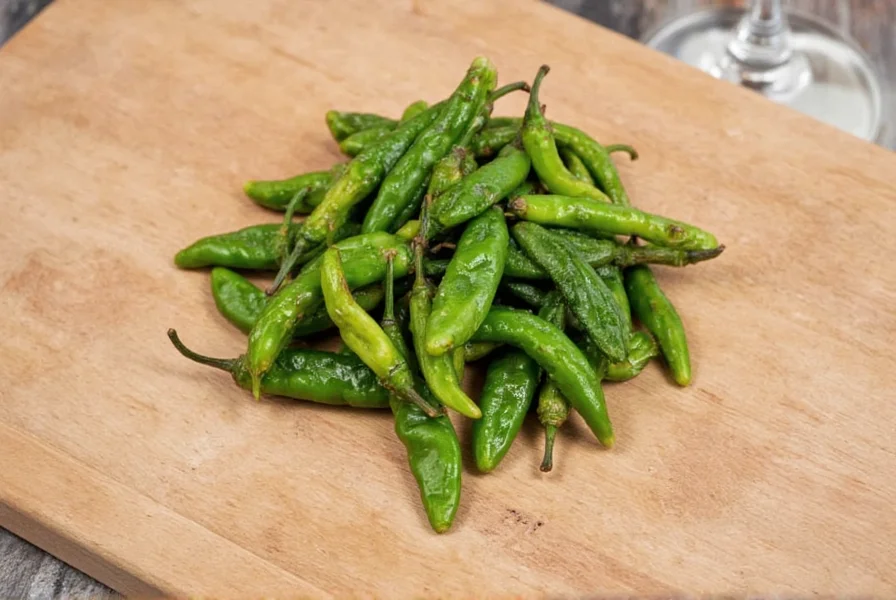
Handling Poblano Peppers
- Wear gloves when cutting – prevents skin irritation from capsaicin
- Roast whole peppers – char skin for easy peeling and enhanced sweetness
- Use raw in salsas – preserves fresh, grassy texture
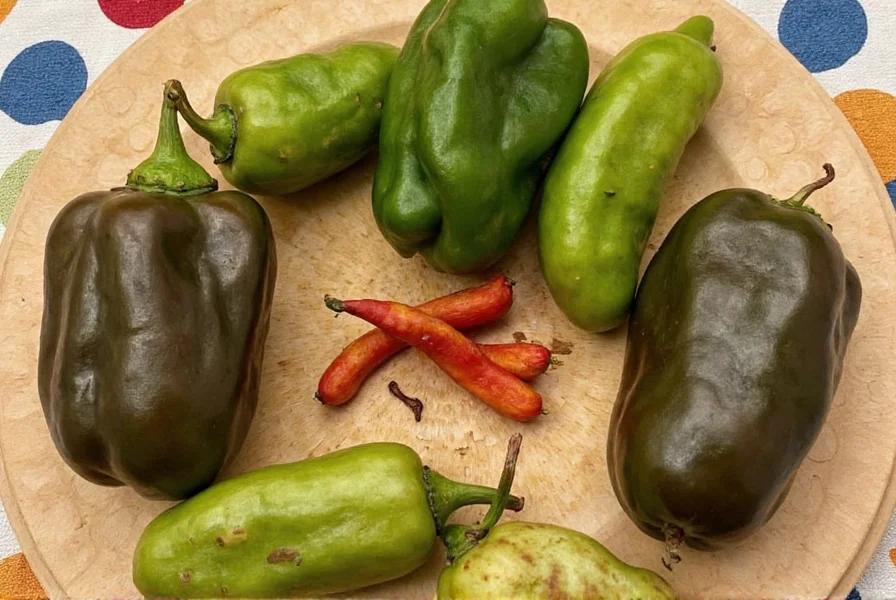
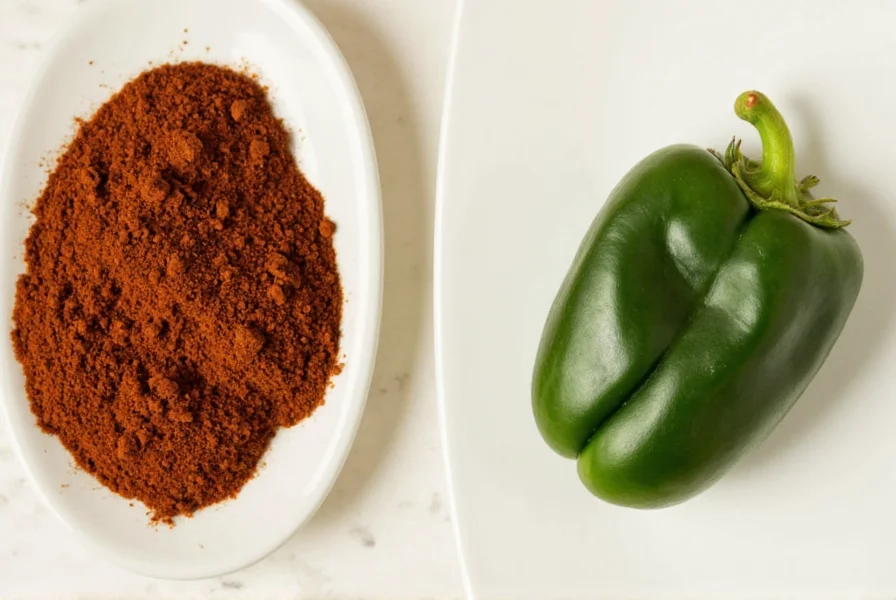
Remember: Ancho peppers require rehydration before use, while fresh poblanos need minimal prep for raw applications.
Frequently Asked Questions
Answers to common questions about ancho and poblano peppers:
Conclusion
Ancho and poblano peppers share a common origin but serve distinct culinary roles. Ancho peppers (dried poblanos) deliver deep, smoky complexity for slow-cooked sauces and stews, while fresh poblano peppers provide bright, grassy notes for raw salsas and stuffed dishes. Understanding this relationship – and the critical difference that ancho is exclusively dried – ensures you choose the right pepper for authentic Mexican cuisine.
The key distinction: Ancho peppers are dried poblano peppers, optimized for cooked dishes; fresh poblanos are best for raw or lightly prepared recipes where their crisp texture and vegetal flavor shine.

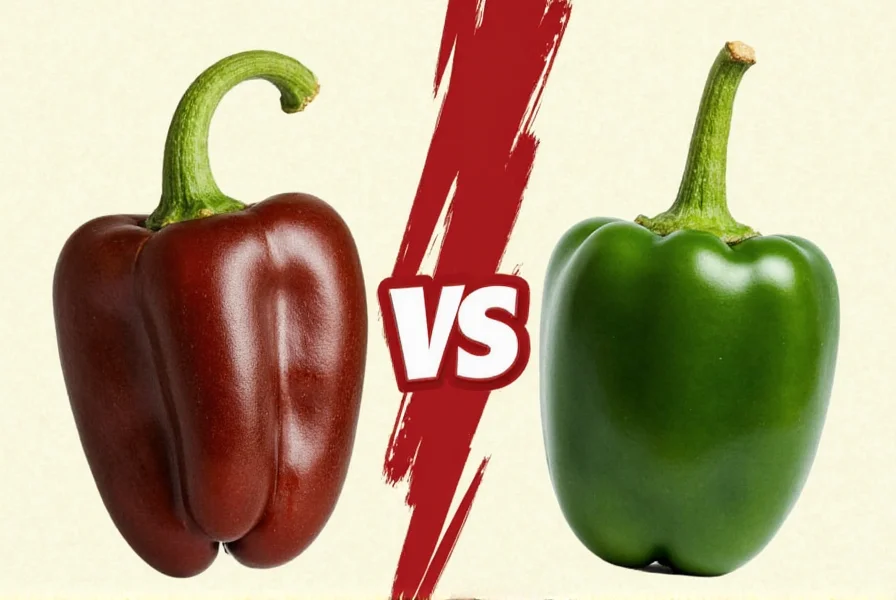









 浙公网安备
33010002000092号
浙公网安备
33010002000092号 浙B2-20120091-4
浙B2-20120091-4